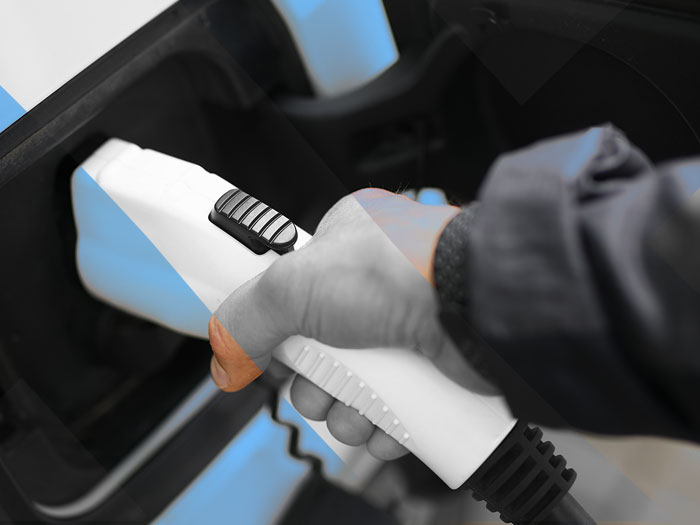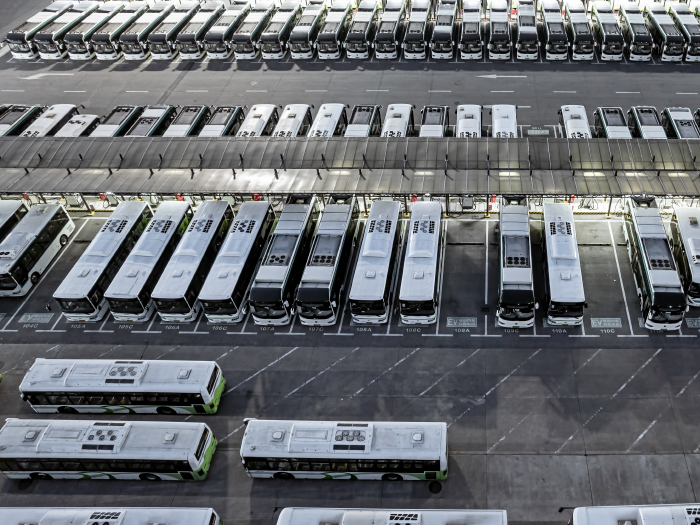News
better business decisions
Posted 2 years ago | 3 minute read

EV charging infrastructure: The road ahead
The UK aims to end the sale of new petrol and diesel cars by 2030. To support the transition, the country will need a vast expansion of its electric vehicle (EV) charging network. A new report by the Association for Renewable Energy and Clean Technology examines how to achieve this goal. The report makes over 30 recommendations but said with strong coordination, the UK can build an EV charging network fit for the future.
Published on 20 July, the report estimates that by 2050, charging demand will nearly triple for public charging from 10.9TWh to 29.8TWh. Significantly, factoring in all types of charging e.g., home and workplace charging as well as public, the UK will need 66.6TWh of electricity available to power electric vehicles. High demand areas will include Birmingham, Glasgow, Sheffield and Bristol.
To meet this changing demand it said that local flexibility will play a significant role. Battery storage, and solar farms, rooftops or canopies are clear examples of technology which is available today that the government must do more to support and that investing in these technologies and building policies to accelerate their deployment will be significantly less expensive and provide more flexibility and energy security to the system than building more interconnectors or a new offshore wind farm every few years to keep up with the demand for EV charging.
The report also warns that to-date the charge point rollout has been uneven, with gaps in rural areas. Major grid capacity increases are required, especially in the South East, East and North West of England. The report recommends local authorities urgently develop EV infrastructure plans to co-ordinate grid upgrades and that battery storage and solar canopies should be deployed to provide flexibility and support charging demand. Solutions like pop-up charging hubs can plug gaps in tourist spots. Van charging requires urgent focus as vans will account for the highest charging demand.
The report noted that national government leadership is critical, but also said local authorities need a statutory duty to develop charging plans to co-ordinate efforts. Upcoming policies like the Zero Emission Vehicle (ZEV) mandate should be made as ambitious as possible and barriers slowing deployment must be removed. Section 50 licensing fees act as a tax on public chargers. Streamlining traffic regulation orders (TROs) can accelerate on-street deployment. Empowering tenants to install home chargers is also advised.
The government should also look to examine the potential for vehicle to grid (V2G) to be incorporated in the ZEV mandate and examine ways to ensure V2G compatible vehicles are produced to ensure that consumers can benefit from considerable running cost savings if they maximise their vehicles potential flexibility.
GridBeyond EV and Storage Manager Mike Kent said:
“We welcome the inclusion of the part that flexibility will play on local grid through the deployment of EV projects. Solar, battery and V2X/V2G are an important part of the transition and considerations for EV deployments and we are pleased this has been recognised with this report”.

EV implementation and optimisation smart solutions for fleets-GB
At GridBeyond, we offer a comprehensive solution for EV fleet owners, supporting them in the installation, operation, and intelligent management of their energy chain. Our award-winning platform also integrates batteries and renewables to provide a complete turnkey solution for EV fleets.
Learn more




